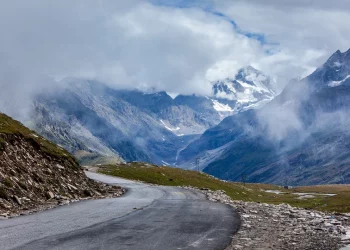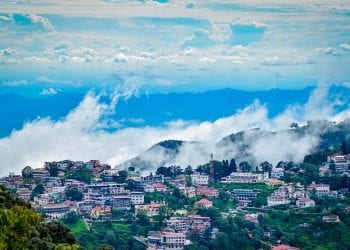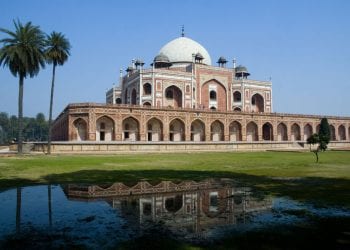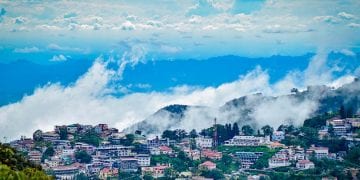6 Temples to Definitely Visit in the Heavenly Town of Jammu
The bright gemstone that is smeared proudly on the forehead of majestic India is Jammu which is the prized Kohinoor of the country bearing an unmatched history. A series of eclectic charms that prevail in the region provide brilliant opportunities to explore the natural beauty, history, and spirituality. Nestled between the Vale of Kashmir in the north and Daman Koh Plains in the south, it has been a tourist hub since time immemorial.
Nonetheless, Temples too form an important element in the personality and uniqueness of the state of J&K. While visiting this northern most state of India, one can spot a number of towering temples apart from the appealing scenery and nature. That explains the presence of a multitude of Hindu temples in the state, surrounded by pristine blue waters of lakes, rivers, and snow-clad mountain tops and alpines. The state attracts pilgrims in hordes throughout the year, as great religious importance is attached to these places. Most of them are well – known for their unique architecture, solitude, and serene environment. Experience divinity at its best and enjoy the cherishing aura of Jammu. Travel to Jammu for pleasing summers, mild winters, ample adventures, and fun-filled recreational activities. The breathtaking scenery welcomes visitors at every nook and corner and the glorious history finds its permanent address here.
Top 6 Temples To Visit In Jammu
- Ranbireshwar Temple
- Raghunath Temple
- Vaishno Devi Temple
- Peer Kho Cave Temple
- Avantipur Temple
- Amarnath Temple
1. Ranbireshwar Temple
Ranbireshwar Temple is yet another well-known temple in Jammu. Known for its own legend, devotees and strictly followed specific days of worship. It is dedicated to Lord Shiva and is located opposite to Jammu & Kashmir Civil Secretariat, on the Shalamar Road. In this Temple, there are twelve Shiva ‘lingams’ of crystal that are as high as 12″ to 18″ and many resplendent galleries that boast of ‘saligrams’ fixed on stone slabs, they constitute a unique element of the temple.
Constructed by the then king, Raja Ranbir Singh, who was a great devotee of Lord Shiva, established a seven-and-a-half feet high crystal Lingam in the temple. Another prominent feature of the temple is that three of its walls are gold clad. And two of the walls are adorned with the images of Ganesha and Kartikeya. There are several Shiva lingas in the shrine along with a Nandi Bull. It is believed amongst the localities that all your wishes come true when whispered in the bull’s ears. Depicting the art and architecture of 1883, it offers a marvellous view of isolated forested hills. Standing affirm as tall as 75 meters high, the temple itself is a local landmark.
2. Raghunath Temple
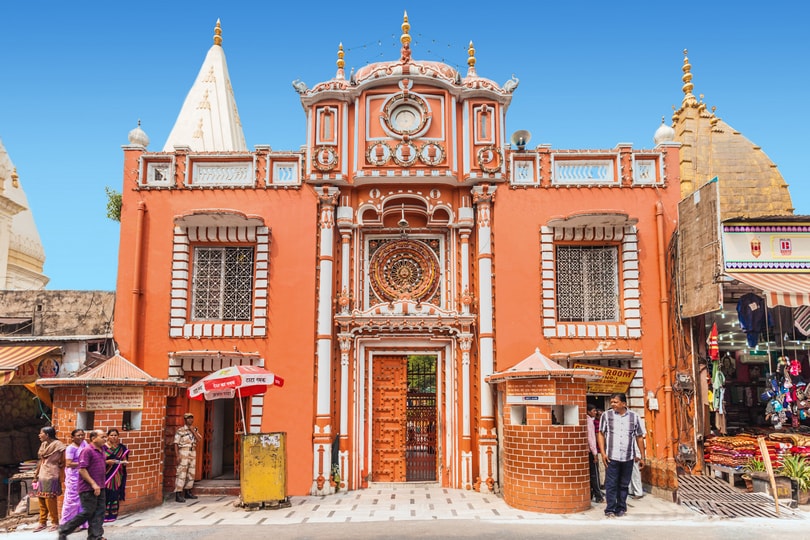
Amidst the heart of Jammu, lies the Raghunath Temple. This is an important shrine that belongs to the eighth incarnation of Vishnu- ‘Rama’, who is considered the patron deity of the Dogra community. The cluster of temples in the nearby area has been dedicated to the Gods and Goddesses related to the epic Ramayana, proudly making it the largest temple complex of North India. For the completion of the entire build, it took nearly about 25 long years from 1835 AD to 1860 AD. The prime architects were Maharaja Gulab Singh and his son Maharaja Ranbir Singh.
You will be able to steal a glimpse of the Mughal architecture that can be noticed on the carvings and arches of the temple. Drop by the Sanskrit Library located inside the premises of the temple that offers a rich reserve of various manuscripts relating to stories and incidents from the golden chapters of the epic Ramayana.
The temple comprises of seven shrines, each with a tower of its own. The morning and evening ‘aartis’ are conducted daily since its inception. There are 17 other shrines nearby including the Panjbakhtar Temple and Ranbireshwar Temple.
This Rama Temple was a huge place of worship for the royal family of Dogra. There are several statues of deities and shiva lingas along with religious inscriptions. A figurine of King Ranbir Singh is also placed at the entrance, besides the several Hindu gods and deities.
3. Vaishno Devi Temple
MaaVaishnodevi Temple is deemed to be the most visited religious site in India, right after Tirumala Venkateswara Temple. The temple is dedicated to Mata Rani or Vaishnavi, who is a superlative manifestation of the Mother Goddess. Being located near the tinsel town of Katra, in Udhampur district, pilgrims walk up the backbreaking journey to the shrine located placed high over the Trikuta hill at an altitude of more than five thousand ft. This hill is regarded as the base camp for the journey to this shrine. The distance to the shrine is a vast spread of over 13 km, where there is sadly no provision for modern transport, except for a helipad which can be found at the top of the hill.
When the journey gets tiring, pilgrims start to take the help of horses. A rail link from Udhampur to Katra has been especially being built to facilitate pilgrimage. The aarti ritual, which is a two-hour act of reverence for the Goddess Vashnavi is performed twice a day when the shrine echoes with the holy sounds of chanting devotional songs and mantras accompanied by uttering 108 names of Goddess Durga. Devotees worship the three forms of Goddess Vaishnavi here, namely Mahal Kali, Mahal Lakshmi, and Mahal Saraswati. It is believed that anybody who walks to the abode to ask for a boon rarely goes back disappointed or dissatisfied. This legendary epitome of religious sentiments, Vaishno Devi blesses the town of Jammu with much felicity and brings prosperity.
4. Peer Kho Cave Temple
If you wish to take a quick dip into the laps of spirituality, well then Peer Kho Cave Temple is the right place for you. Lying on the banks of River Tawi, The Peer Kho cave temple is yet another famous religious site in Jammu. Dedicated to Lord Shiva, it is also called as Jamwant Cave by its worshippers. This is mainly due to the fact that it is widely believed that Ramayan character Jamvant (the bear God) used to come here and meditate in this cave.
Enshrined with the svayambhu shivalinga, the temple is placed in the acacia forest amid igneous rocks and is tagged as one of the most ancient Shiva Temples in the region. This illustrating cave temple is worshipped by hundreds of devotees during a pilgrimage to Aap Shambu Temple, Ranbireshwar Temple, and Panjbakhtar Temple. The festival of Shivratri is the most popular religious festival of India which is celebrated with great zeal and enthusiasm who come over to seek magical blessings.
5. Avantipur Temple
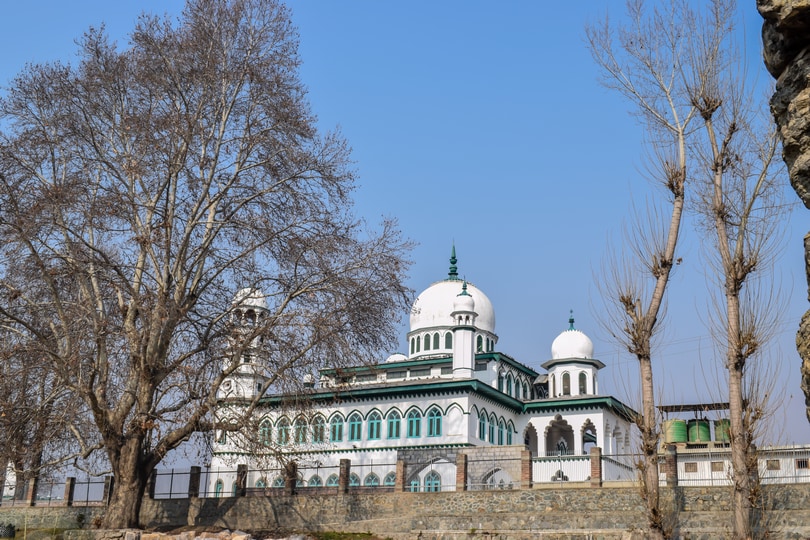
Reflecting wonders of an exquisite piece of artwork, this temple named Avantipur Temple is located south-east east of Srinagar. Built between 855 AD and 883 AD, it is believed to be constructed by King Avantivarman. He was a great devotee of Lord Surya, and therefore dedicated the temple to him, but a few other deities including Goddess Ragnya Devi can also be seen in the temple. The king also planned for two other temples near the main shrine. The smaller one being exclusively designed for Lord Shiva and is still in good form. The latter, Avantiswami Temple, was a famous Vishnu Temple which is unfortunately now in ruins. However, both the temples show an outward appearance of Greek architecture.
The main temple is quite well-known for its exceptional level of carvings. As you enter the temple, you will find a sculpture of the royal family on the stairs leading up to the main shrine. Apart from that, you will find carvings of Apsaras (the beautiful female demigods) as well on the stairs. From Navagrahas (the nine planets in Hindu astrology) to the beautiful Kinnara, who is deemed as a demigod with a human head and a bird’s body), the temple walls, tall pillars and stretched floors are full of beautiful, ancient and unique carvings. In the turn of the 18th century, the British carried many such unique idols and elements from the temple to the museums in England, however, a few of them can still be seen in the SPS Museum in Srinagar. This relics are a sheer treat to sore eyes.
6. Amarnath Temple
The Amarnath temple is regarded as Kashmir’s oldest existing temple, dating back to the 5th century. Surrounded by fairly steep hills, this Shiva temple is situated in a narrow gorge on the far end of Lidder Valley at an altitude of almost 4000 meters. The temple is famous for a ‘Shiva-Lingam’, a natural formation of ice, where it is believed to wax and wane according to the moon’s cycle. The ‘Yatra’ to Amarnath, one of the principal Hindu Dhams, starts from Chandanwari , that is 16 kilometres from Pahalgam, in the month of Sawan (July to August).
Amarnath Cave is one of the most pious Hindu pilgrimages of all time. It is one of the oldest religious sites belonging to Hindu mythology. It is dedicated to Lord Shiva and has been sculpted out of ice. The structure of the cave resembles that of a Shivalingam. It is 60 feet high and is located at about 4000 meters from the sea level.
As per legends, there is a mythological story associated with the cave of Amarnath. When Lord Shiva was narrating the secret of immortality to his wife, Goddess Parvati, a pair of mating doves eavesdropped on this conversation and happened to know the secret. Repeatedly reborn, they are known to have made the cave their eternal abode. It is said that even today, the people claim to see a pair of doves when they trek to the ice Shivalinga. The weather is quite uncertain. The temperature may fall to -5 degree C. Heavy snowfall or teeming rainfall are quite common and may take place at any time during the Amarnath Yatra.
It is worshipped for many reasons. Worshipers believe that this is the place where Lord Shiva had revealed the secrets of immortality to Goddess Parvati, his wife. The Shivalingam experiences to fade a bit from the months of May to August. It is said that this occurs due to the moon’s cycle. The cave also has ice lingams of Lord Ganesha and Goddess Parvati, his son and wife. Every year it receives a huge number of devotees from various parts of the country. It is believed that none of the wishes goes unfulfilled, once asked Lord Shiva.
By now you must have had some substantial information related to various places of religious importance in the resplendent town of Jammu and how to crack each one of them. So why is the wait? There are still innumerable temples which can be additionally covered. Well, it is best if you go find them out yourself without much ado. Here is a final call to one and all reading this, book your tickets right away and get mesmerised with the serenity, charm and beauty of Jammu. Needless to say, this is a mini heaven on the face of planet Earth that you have been long searching for. Let Jammu welcome you with open arms.
Happy Journey!
P.s. You might like this related resource:
Recent Posts
Top Picks
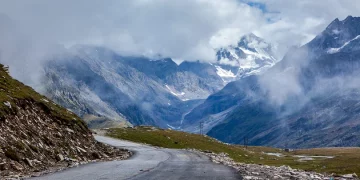
- OYO
 15 April, 2024
15 April, 2024 - Cultural Tour

- OYO
 15 April, 2024
15 April, 2024 - Cultural Tour

- OYO
 15 April, 2024
15 April, 2024 - Cultural Tour

- OYO
 15 April, 2024
15 April, 2024 - Cultural Tour

- OYO
 15 April, 2024
15 April, 2024 - Cultural Tour

Please rotate your device
Please go back to portrait mode for the best experience



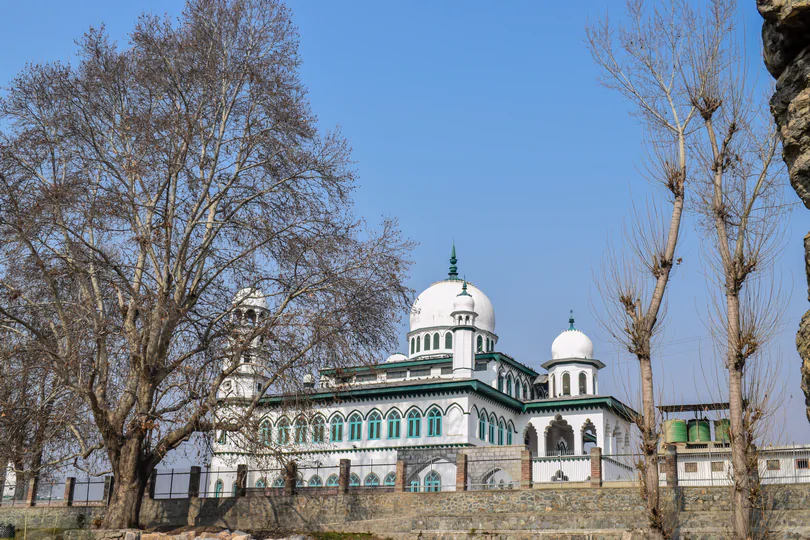

 April 15, 2024
April 15, 2024 